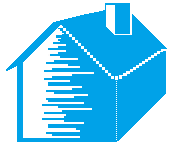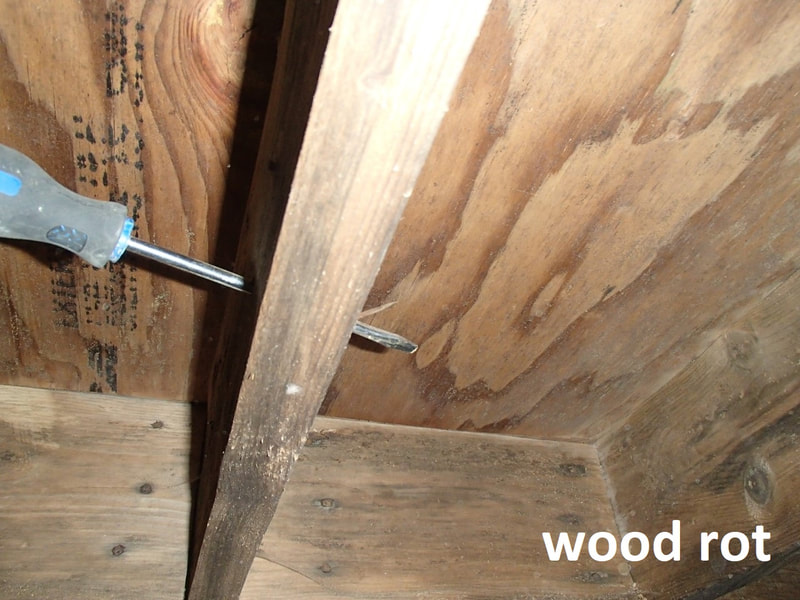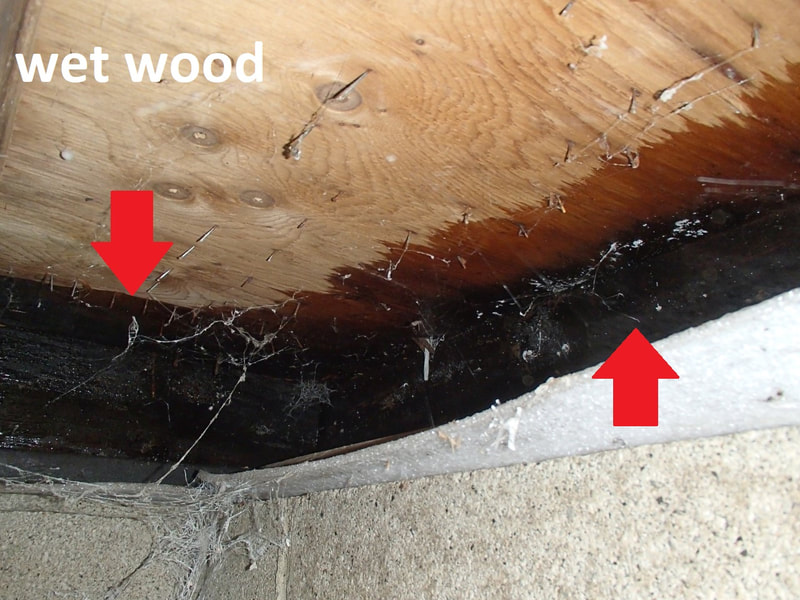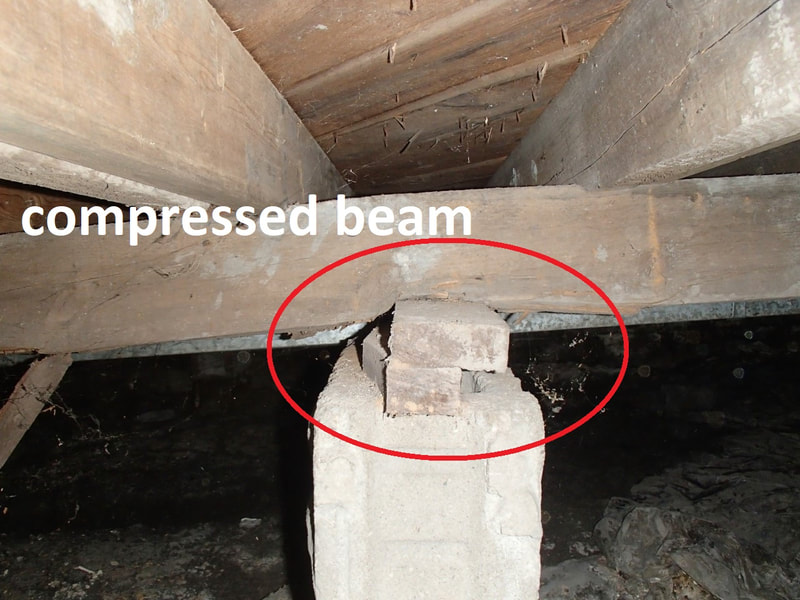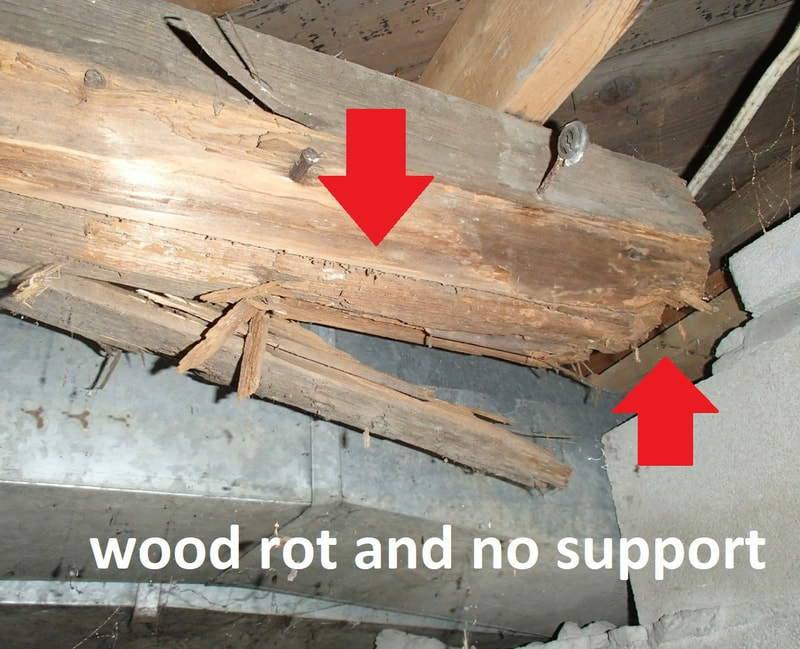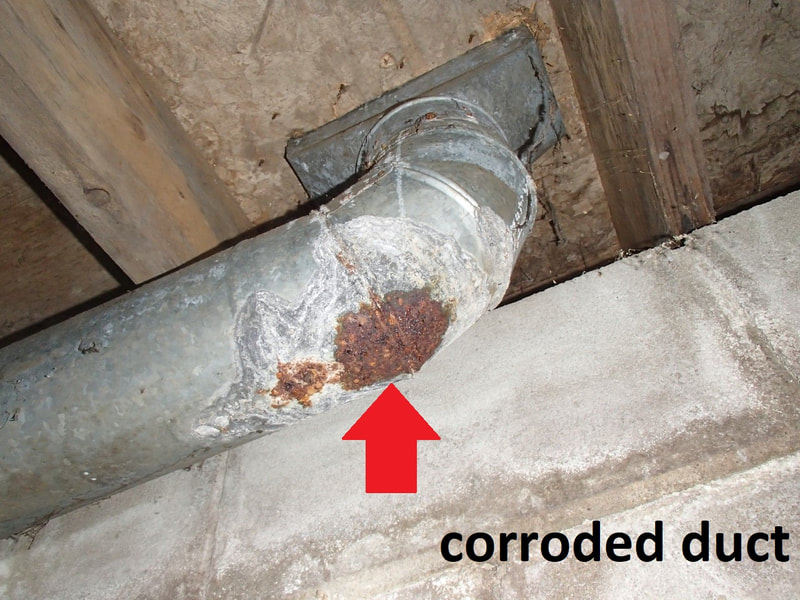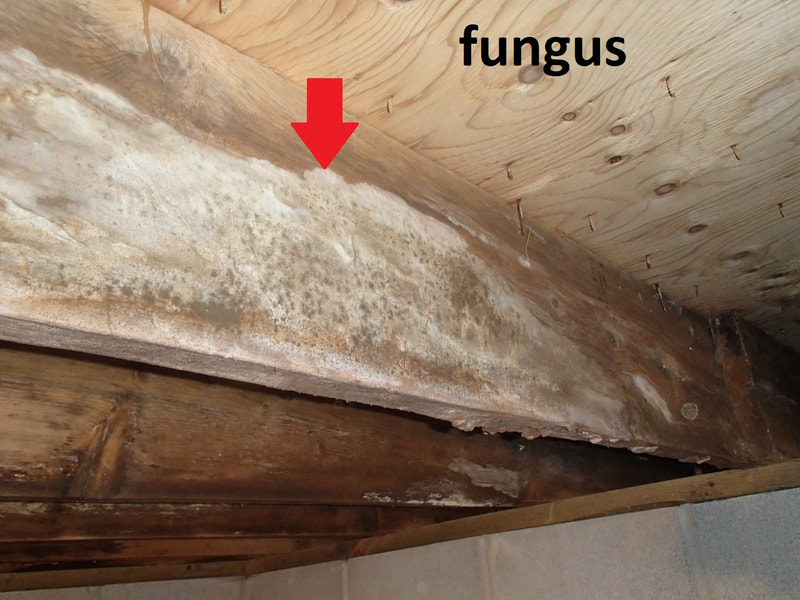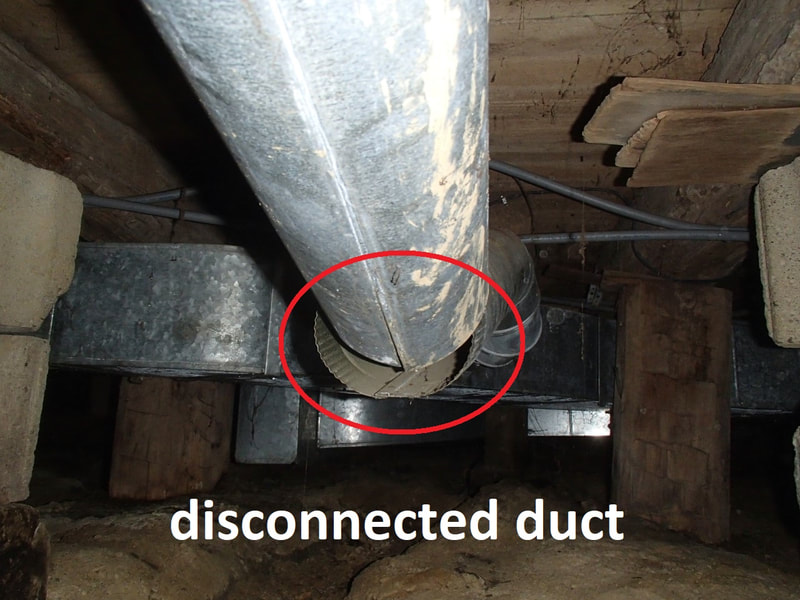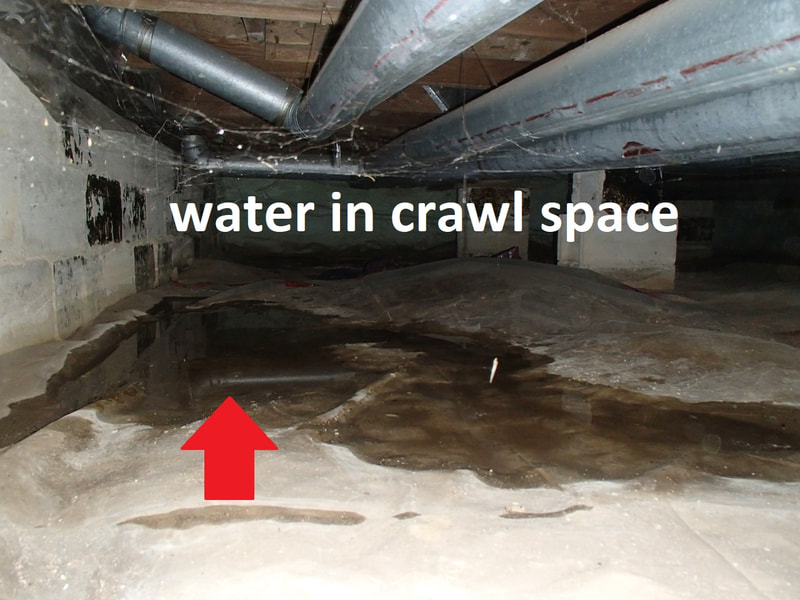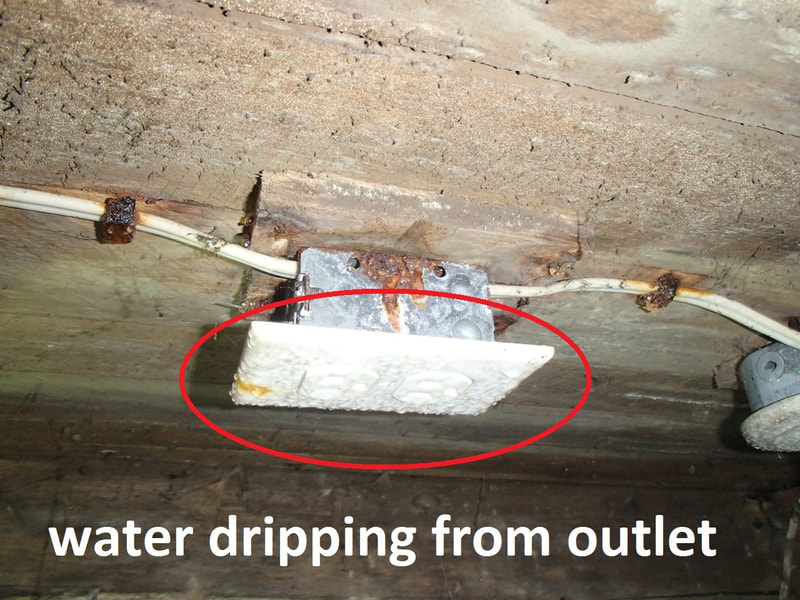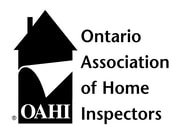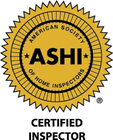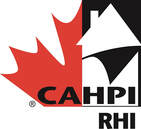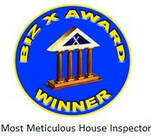|
Having a home inspection prior to buying a home is imperative but buying a home means more than just having a place to live. I guess you can think of it like your body....they say 'You are what you eat and do', so if you're eating junk food and you're a couch potato, well you won't be too fit. Same goes for your home. Many of our clients use our comprehensive home inspection reports to prioritize their repairs and maintenance schedules. You can neglect your home for only so long before minor issues become greater and more expensive problems. 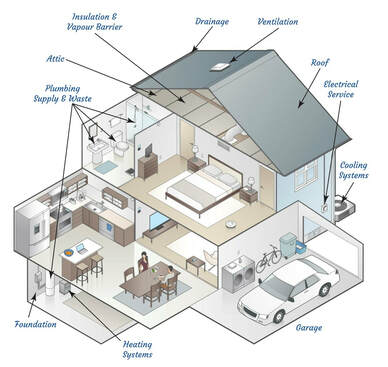 Inspecting your home on a regular basis and performing necessary maintenance is key to protecting your investment. I've owned my current home for over 20 years now. So thankfully, by doing periodic maintenance throughout the years, I get to enjoy the summer. But then again, let's face it, yard work is a weekly chore that takes up quite a bit of one's spare time. So I like to save the scheduled maintenance items for the remaining seasons. Since spring is upon us, I'll start with what I do in the spring to ensure my house is in tip-top shape:
In the fall, my routine is as follows:
In the winter, I only have a few concerns:
0 Comments
I'll be honest...inspecting crawl spaces is not one of my favourite aspects of performing home inspections, BUT it is certainly one of the most important aspects of a home inspection. This is where the rubber-meets-the-road. You know, there are many home inspectors who 'inspect' crawl spaces from their access opening only. They tell their clients that this visual inspection is all that is required to tell whether everything's OK. Some home inspectors say that it's too dangerous to enter crawl spaces and so they do not enter them for their own safety. With today's technology, a home inspector might even convince his client that sending in a little drone is just as good as him physically entering the crawl. Not so, and you'll see why.... From day one, I've entered crawl spaces because the inside of a home can be pristine but what's going on under the house is just as important if not more so. When a home has a crawl space, I put on my coveralls and breathing mask and off I go into the great abyss. Most of the time, it's not so bad but I really don't like it when I shine my flashlight through the darkness and I see two little beady eyes staring back at me! That has happened on several occassions. My clients are always happy to know whether there are 'free loaders' who call this their home. The dampness of a crawl space is crucial because excess moisture can lead to wood rot and air quality issues. When you think about it, the wood floor structure is exposed to the elements in the crawl space and that same floor structure is holding up the house! I've seen wood beams, joists and floor plates look absolutely fantastic from the crawl space opening. Upon a closer look though, my awl has poked a hole right through a wood beam! Also, examining the crawl space from all angles is crucial too. From one angle, everything looks fine until you maneuvre yourself around and see it from another angle and gasp. Here are a few of the things that I've seen in my 25 years of doing home inspections:
So folks, now you can answer the question as to whether it is important to actually go into a crawl space to properly inspect it? Here are just a few pictures illustrating my point.
|
AuthorI've come across a lot of interesting tidbits of information during my 29 year career as a home inspector. I've been told that I'm pretty meticulous and a good 'teacher', so hopefully you'll find some interesting information here.. Archives
March 2023
Categories
All
|
